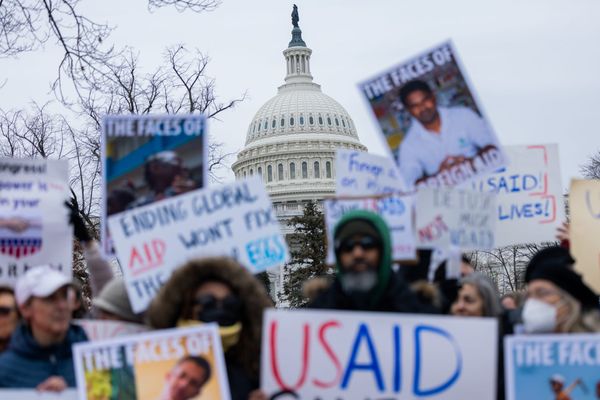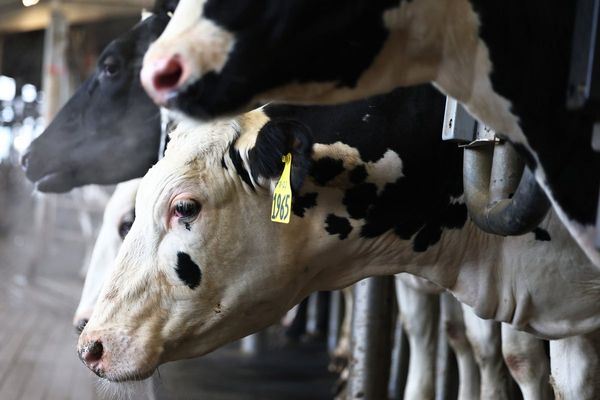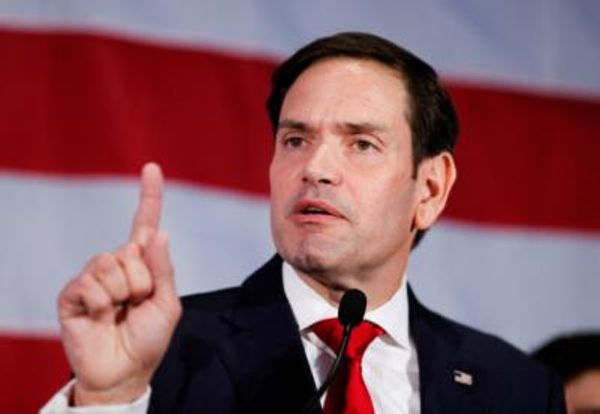
Here are some snapshots of the Liberal Party’s position of and sensitivity to female voters, circa late 2022.
A prolonged internal review of the federal election loss — which saw a seven-point gender gap in the Coalition vote, with just 30% of women voting for it compared with 37% of men, and the loss of six seats to female independent candidates — has determined that nothing really needs to be done about the fact that women make up less than a third, sometimes less than a quarter, of Liberal MPs.
Instead it recommends “targets” for women within the party.
A 26-year-old male Liberal candidate in the Victorian election called for a ban on abortion, along with a variety of other offensive comments.
The NSW Liberal branch in the state electorate of Davidson rejected Natalie Ward, a serving minister, upper house member for five years and former Liberal state executive member, in favour of Matt Cross, a consultant and former staffer. The response of Premier Dominic Perrottet is to quote a taco ad.
Meanwhile, all of the retiring male Liberal MPs are being replaced by men, and Shelley Hancock in South Coast will be replaced by a male.
The failure to lift the number of female MPs in NSW can partly be put down to the dominance in Liberal branches of elderly, out-of-touch members whose idea of a politician is a white male, and the fact that reforms to increase party democracy within the NSW branch have had the perverse effect of ensuring the Liberal Party looks less and less like the community it purports to serve. Internal party democracy is no guarantee of wider democracy.
This is more of a problem for the Liberals than for Labor, which also has an elderly membership, but has a formalised faction system, a substantial role for trade unions, which are increasingly dominated by feminised industries, and quotas for women.
But the hostility to women, or perhaps more accurately the hostility to any effective measures that might increase female representation within Liberal branches, isn’t merely the problem of old reactionaries pining for the days of that nice young Mr Askin, but pervades the Liberals at all levels, as the leaks of the federal election review suggest.
Senior Liberals don’t have the excuses of the party membership. Not only should they understand the democratic imperative of having a parliamentary party that resembles, at least vaguely, the community it serves, they should understand the political imperative to make the party more electorally appealing to women.
So far, all the evidence is that they vaguely understand they should talk about women, but not actually do anything about increasing their representation.
That particularly applies to Perrottet in NSW. If he manages to win in March, it will be in spite of his own best efforts to undermine his prospects. His paralysed mishandling of the Barilaro scandal — which obliterated a superb budget — his poor staffing choices, including the baffling hiring of Paul Broad, and his apparent indifference to efforts to increase female representation, which stands at less than 30% in his own ranks and which will fall significantly after the election, don’t suggest a deft, engaged leader.
The stakes are particularly high because if Perrottet loses, there’ll be one Liberal government left in the country, and that’s in Tasmania.
Given the steadfast refusal of Liberal branches to accept they need real action to make the party more representative, that’s a deserved fate that appears unlikely to change.
Should there be quotas for women in the Liberal Party? In any party? Let us know by writing to letters@crikey.com.au. Please include your full name to be considered for publication. We reserve the right to edit for length and clarity.







